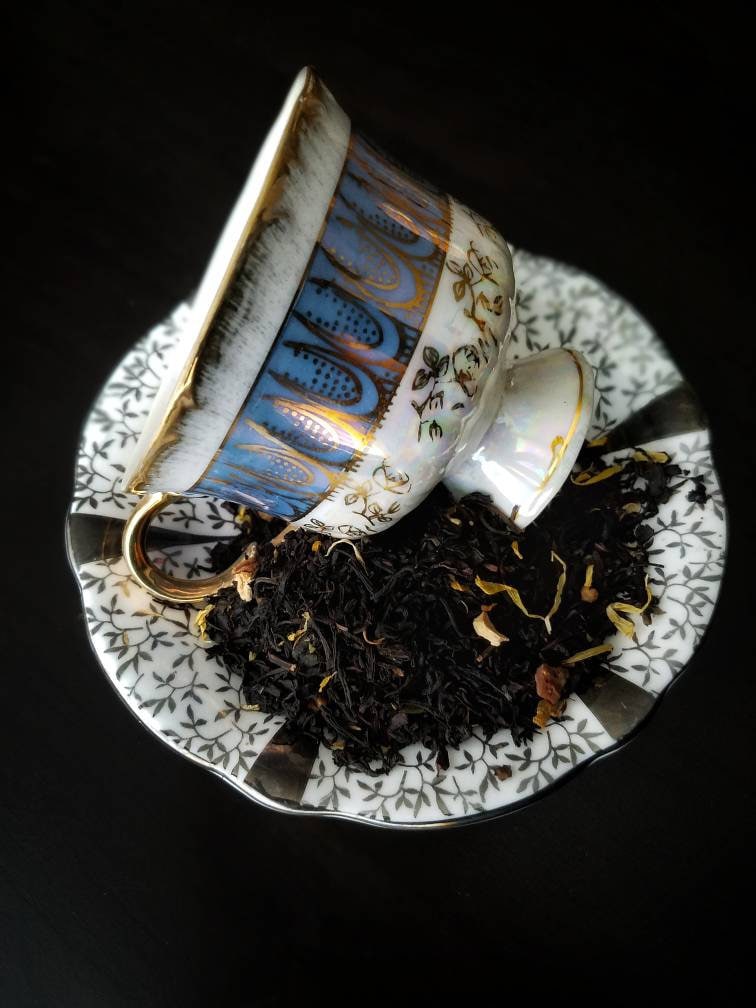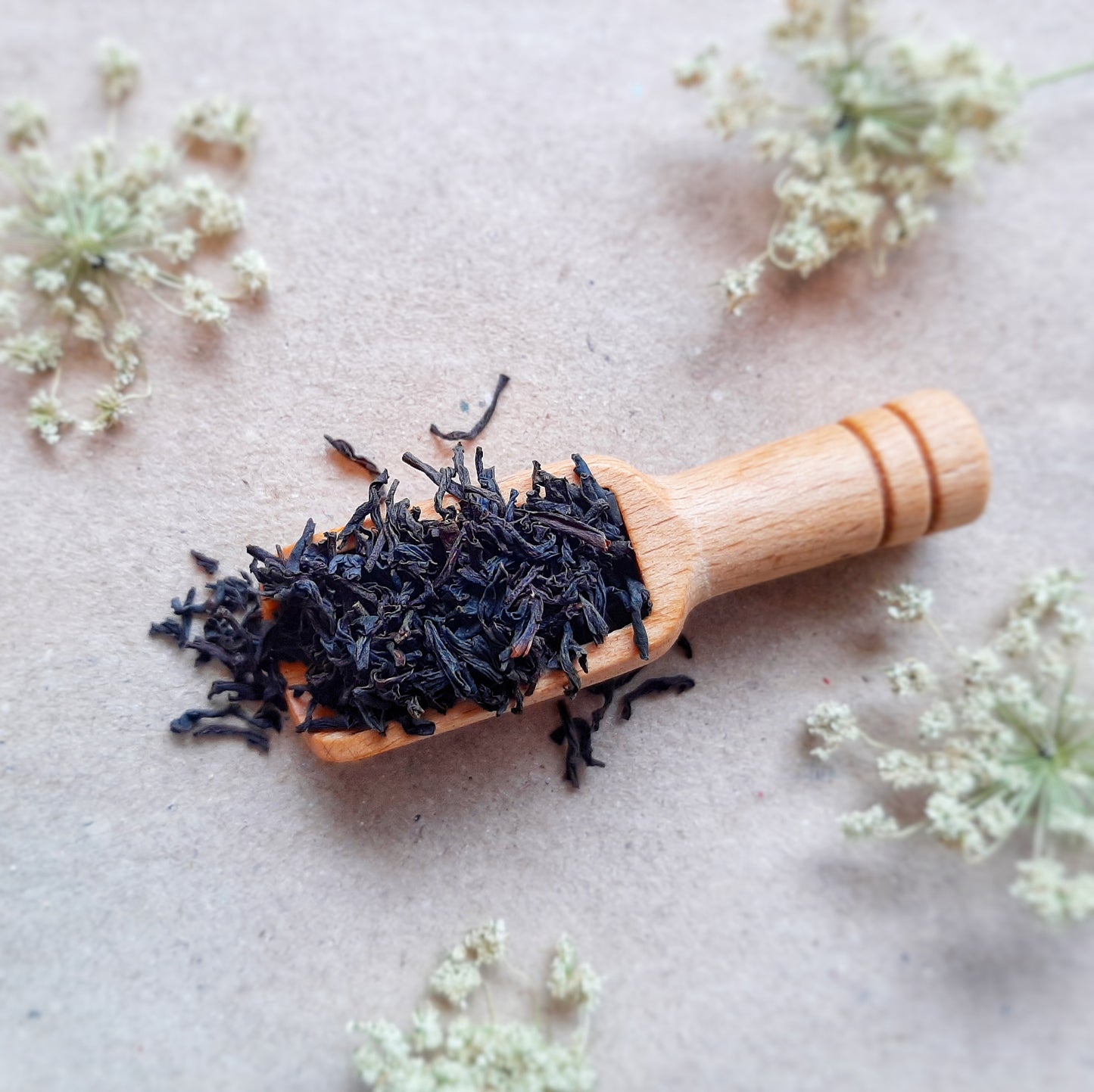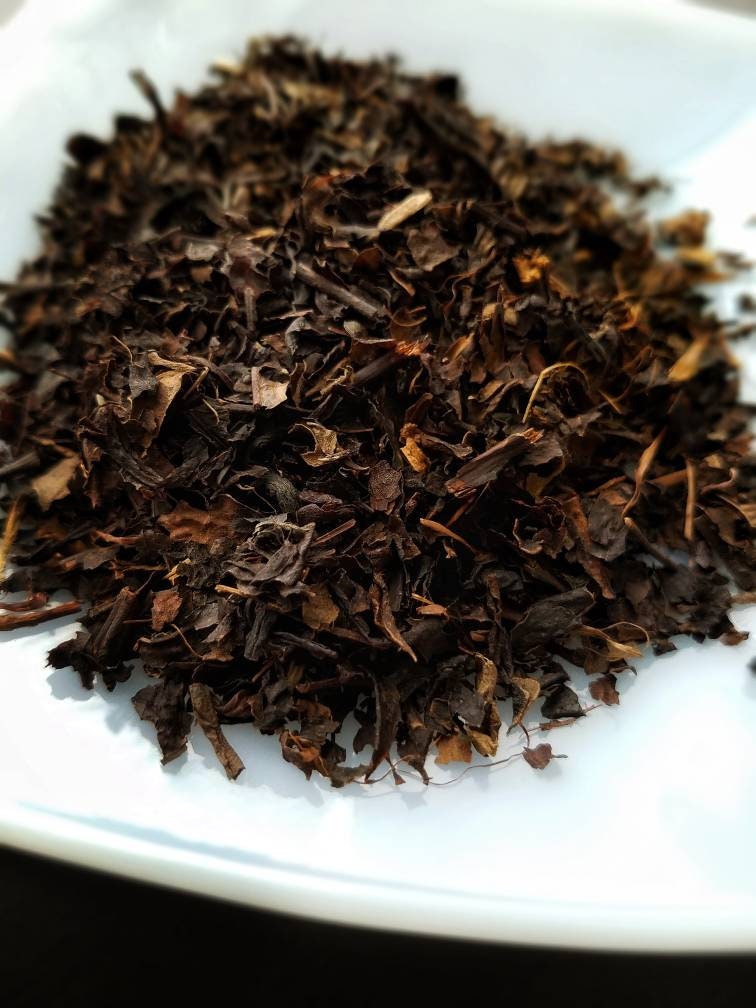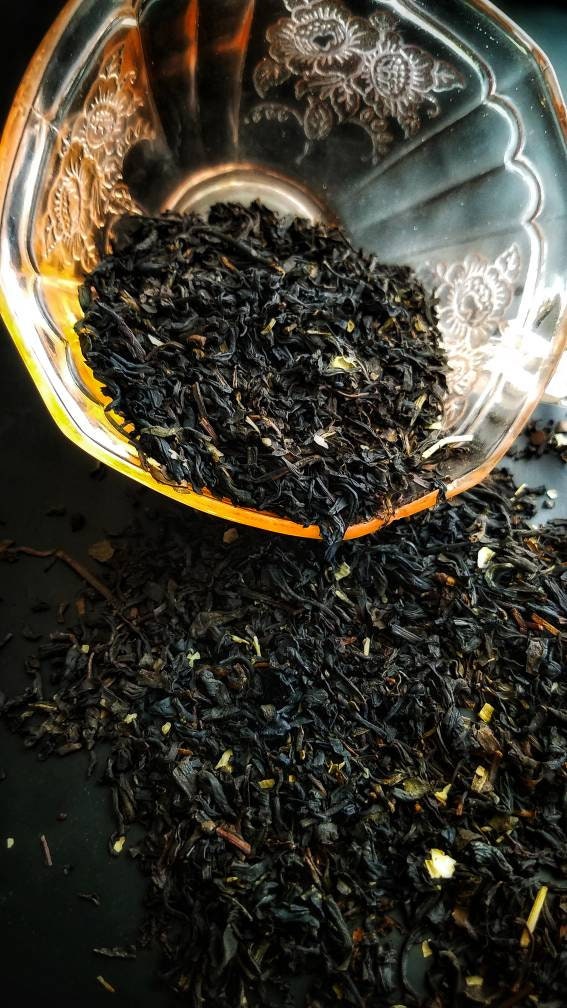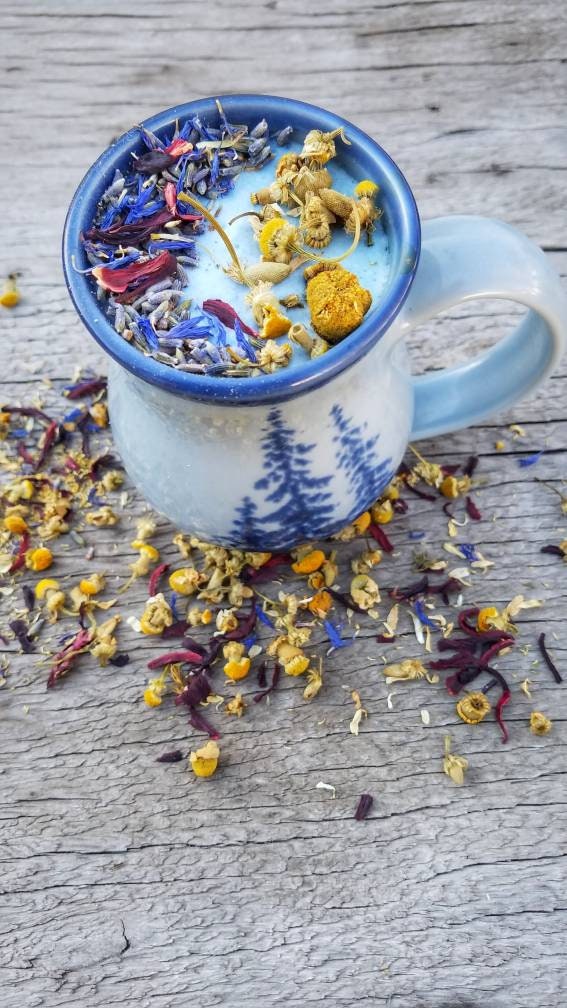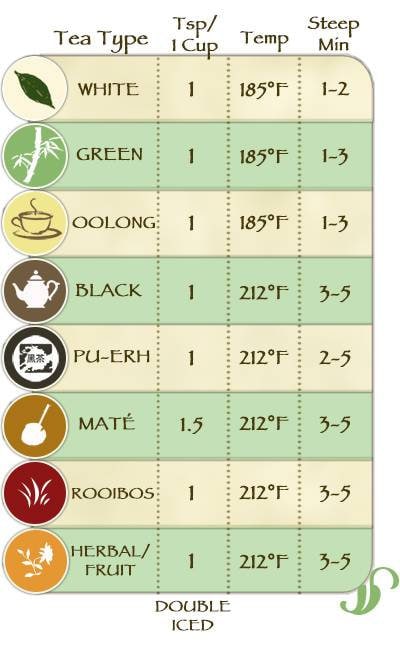My Store
Assam Black Tea Gourmet Organic Loose Leaf Tea, Tippy Golden Flowery Orange Pekoe Black Tea, Tea Sample Set, Gift for Tea Lover, World Teas
Assam Black Tea Gourmet Organic Loose Leaf Tea, Tippy Golden Flowery Orange Pekoe Black Tea, Tea Sample Set, Gift for Tea Lover, World Teas
Couldn't load pickup availability
If you're a fan of black tea, with its brisk flavor, full-body, and rich color, Assam tea might be the tea for you. It takes its name from the Assam region of India and is popular as a breakfast tea. Assam tea has a deep, rich, full-bodied flavor with malty, earthy, and spicy notes. It's moderately bitter and astringent, both of which will vary based on how long the tea is steeped.
Origin: Assam, India
Temperature: 180–212 F for brewing, served hot or cold
All sizes are measured by weight in ounces. You will receive 1oz dried tea leaf. Typically, one ounce will make 10-15 cups of tea, depending on how strong you like it.
*All Contain caffeine, with the exception of Rooibos, which is an herb and not derived from the plant Camellia Sinensis
Assam tea is a classic black tea grown in the Assam region of India that is used to make traditional breakfast teas. Assam is also the tea often used in making boba teas as well as classic masala chai tea. When brewed, Assam tea has a ruby red to deep amber color, depending on when during the year it was harvested.
Assam tea is harvested two to three times per year in what are called "flushes." The first harvest or flush takes place in the spring and yields a lighter, fresher, more floral flavor. The second flush is the most desirable harvest and it takes place in the summer, between May and August. This second flush produces the highly prized (and high-priced) "tippy tea," which is so named because of the golden tips of the leaves.
Loose leaf assam is an "orthodox" tea leaf. In the orthodox method, the tea undergoes several steps, including plucking, withering, rolling, oxidation, and then drying. Each of these steps contributes some factor of Assam tea's flavor, producing a brisk, bright, full-bodied flavor profile.
If you're transitioning from tea bags to making tea with loose leaf tea, this listing is for you.
Your one stop tea shoppe!
“The journey of a thousand cups begins with a single sip” -Steve Schwartz
Enjoying the process of preparing your tea can be part of your daily ritual; taking a few moments to heighten your senses and enhance your tasting experience. Enjoy your tea and allow your taste buds to unfold the unique characteristics within your cup. Most teas can be re-steeped multiple times
Water temperature, the volume of tea leaves, and steeping time are all part of the art of brewing tea. Different compounds are extracted at different rates depending on water temperature and steeping time.
Green teas do better with shorter brewing times and lower water temperatures. Most green teas and greener oolong teas taste best when brewed at temperatures 30° - 40° F below boiling point (180° - 170°F).
Water temperature that is just below boiling (212°F) is ideal for black tea and oolong tea. Green tea is more delicate and requires a more delicate temperature.
Measure volume in weight instead of teaspoons for best results: 2 - 2.5 grams for a 6-ounce cup is ideal.
Hot tea brewing method:
1 teaspoon/6-8oz
Add heated water. Cover and let steep for 3-7 minutes according to tea and taste.
Iced tea brewing method: (to make 1 liter/quart): Place 6 teaspoons of tea into a teapot or heat resistant pitcher. Pour 1 1/4 cups of freshly boiled water over the tea. Steep for 5 minutes. Quarter fill a serving pitcher with cold water. Pour the tea into your serving pitcher straining the leaves. Add ice and top-up the pitcher with cold water. Add milk, sugar according taste.
Tea was discovered in its greenest form over five thousand years ago.
For centuries, all tea was green tea. Green tea is simply the leaves of the camellia sinensis plant placed to steep in hot water.
Black tea is the most popular tea in the world.
There are four types of true teas including white tea, green tea, oolong tea, and black tea.
All four types of true teas are derived from the same exact plant species – Camellia sinensis.
The difference in these teas arises during the production process. Some teas are oxidized while others are simply sun-dried. These minor differences result in big flavor and color differences.
China is the birthplace of black tea, which in China is called, perhaps more appropriately, hong cha – red tea – after its the red colored tea it usually produces.
Black tea is usually graded on one of four scales of quality. Whole-leaf teas are the highest quality, with the best whole-leaf teas graded as “orange pekoe.” After the whole-leaf teas, the scale degrades to broken leaves, fannings, then dusts.
Whole-leaf teas are produced with little or no alteration to the tea leaf. This results in a finished product with a coarser texture than that of bagged teas.
We hand make all of our products to order in small batches to ensure optimal freshness, consistency, and potency. Our products are not made to sit on store shelves for extended amounts of time. Dried tea blends can last many years if sealed in an airtight container, and stored correctly (in a cool, dry, and dark place.) UV light offers the biggest threat to dried herbs and tea leaves, as prolonged sun exposure can turn leaves pale and zap them of their potency, aroma, and taste. Tea and other dried herbs don’t go bad, but will lose potency over time. If you notice these characteristics, or if tea herbs have turned pale, scentless, and flavorless, it’s best to discard the product. Always store your natural botanicals in cool, dry, and dark places as light and heat can effect the product quality and potency.
*These statements have not been evaluated by the Food and Drug Administration. This product is not intended to diagnose, treat, cure or prevent any disease.
Disclaimer - This information is for educational purposes only. It is not the intent of this website to dispense medical advice. Consult a doctor before using if you have any health conditions or concerns. Discontinue immediately if a reaction occurs.
